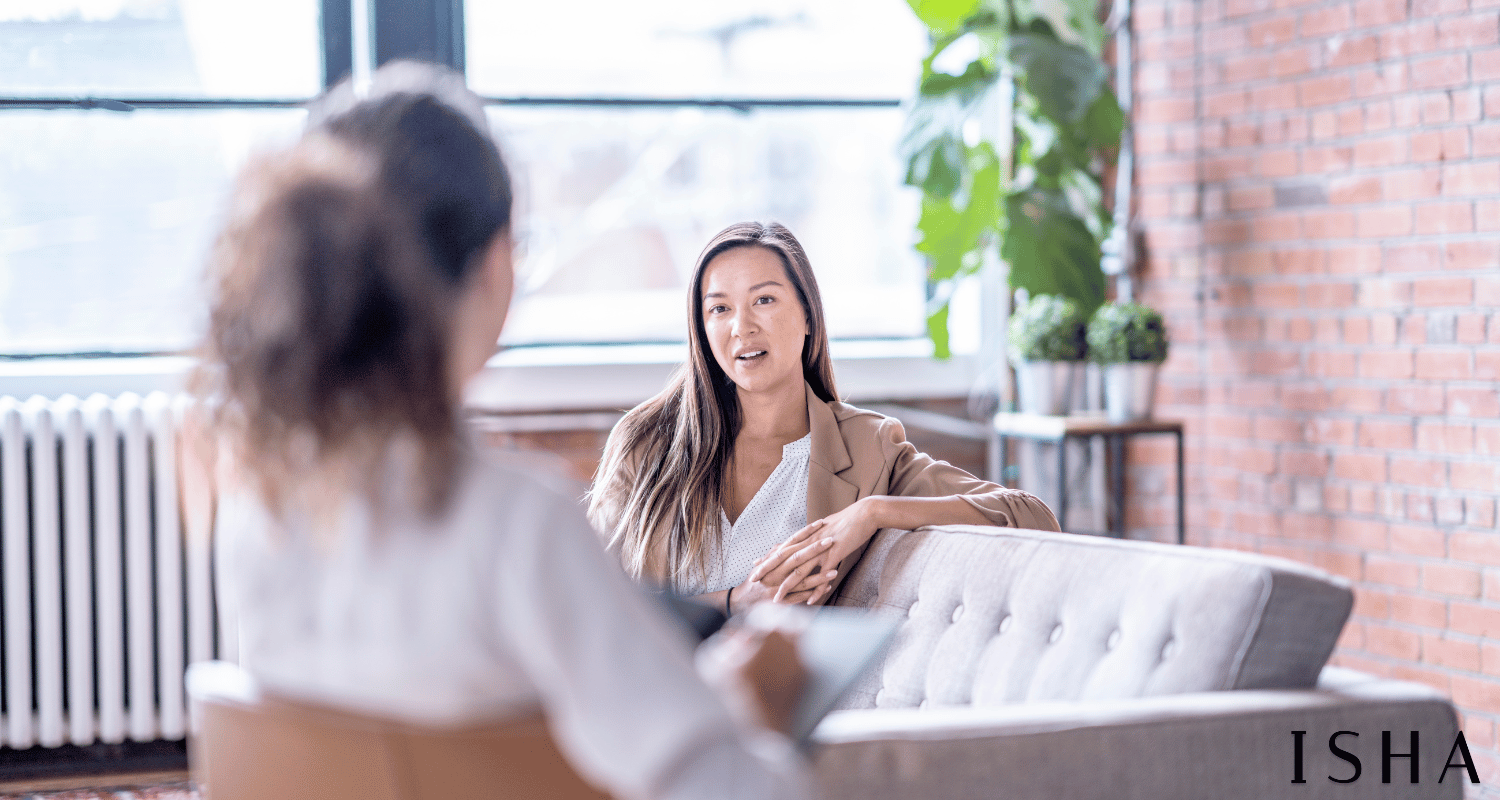Online Ketamine Treatment Available in: AZ, CA, CO, FL, GA, NY, OR, TX, and WA.
Online Ketamine Treatment Available in: AZ, CA, CO, FL, GA, NY, OR, TX, and WA.
FOR PATEINTS
Make an AppointmentpricingOUR TREATMENT APPROACH.png)
Science of Ketamine
October 9, 2023
January 17, 2025
Ketamine undergoes metabolism primarily in the liver, where it is transformed into various metabolites such as norketamine, dehydronorketamine, and hydroxyketamine. The route of administration significantly influences how ketamine is metabolized and how its metabolites impact the body.
When ketamine is swallowed, it enters the digestive system and undergoes first-pass metabolism in the liver. This refers to the initial breakdown of the drug by liver enzymes before it enters the bloodstream. The liver’s metabolic processes convert ketamine into metabolites, including:
These metabolites are then further processed and eventually eliminated from the body through the urine.
When ketamine is absorbed through the lining of the mouth (buccal administration), it bypasses the liver’s first-pass metabolism to some extent. The drug is absorbed directly into the bloodstream through the oral mucosa, resulting in:
| Substance | Effects | Half-life | Route of Elimination |
|---|---|---|---|
| Ketamine | Potent anesthetic and psychoactive effects | 2 to 3 hours | Primarily urine |
| Norketamine | Less potent, retains sedative properties | Longer than ketamine | Primarily urine |
| Dehydronorketamine | Milder effects, less studied | Likely longer than ketamine | Primarily urine |
| Hydroxyketamine | Similar properties, less studied | Comparable to norketamine | Primarily urine |
Understanding where and how ketamine is metabolized is essential for optimizing its therapeutic effects and managing potential side effects. Key considerations include:
.
Ketamine is metabolized in the liver through the action of hepatic enzymes. The metabolites—norketamine, dehydronorketamine, and hydroxyketamine—are then processed further and eliminated primarily through the urine. The liver’s role in ketamine metabolism is critical for determining both the drug’s immediate effects and the duration of its impact.
Understanding ketamine metabolism helps clinicians:
Ketamine’s metabolism in the liver plays a crucial role in its therapeutic effects. Through first-pass metabolism, ketamine is transformed into active metabolites such as norketamine, dehydronorketamine, and hydroxyketamine, which contribute to its overall efficacy and duration of action. Whether administered orally or buccally, understanding these processes enables better optimization of treatment protocols and patient care.
If you have questions about ketamine metabolism or its therapeutic use, consult with your healthcare provider for personalized guidance.
Get the latest insights on psychedelic therapy, mental health, and innovative treatments—straight to your inbox.
Sign up
for the
Isha Health
Newsletter
More on
Science of Ketamine
This website has been reviewed by Isha Health California, P.C. and should not be used as medical advice in place of a licensed psychiatric clinician.
IN CASE OF EMERGENCY:
If you are in a life-threatening situation, don’t use this site. Call, text, or chat 988 or 1-800-273-TALK (8255), or use these resources to get immediate help.



.png)

.png)
.png)
.png)
.png)
.png)






.png)
.png)
.png)
.png)









.png)




.png)
.png)
.png)



.png)










.png)
.png)





.png)



.png)



.png)
.png)
.png)
.jpg)

.png)
.jpg)
.png)
.png)

.jpg)

.png)
.png)
.png)





%202.png)
.png)



.png)
.png)
.png)
.png)
.png)
.png)
.png)